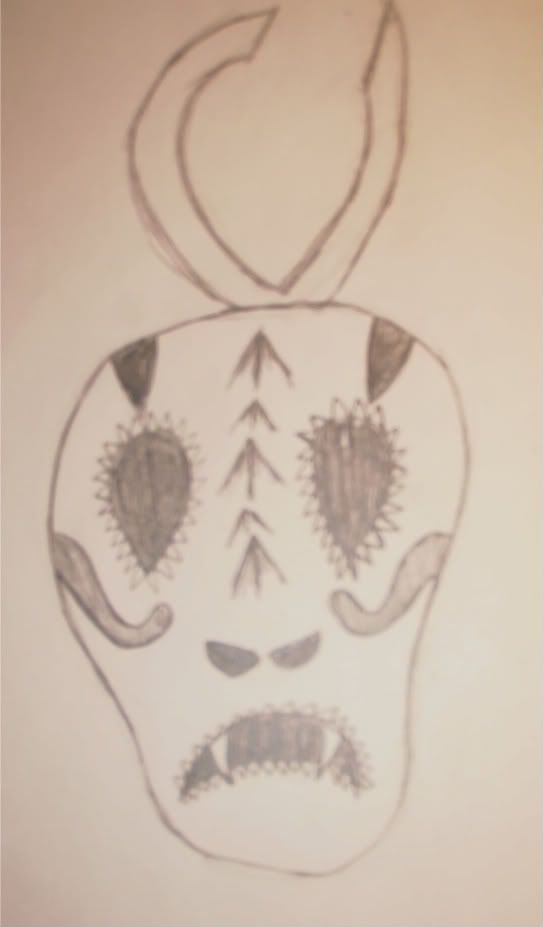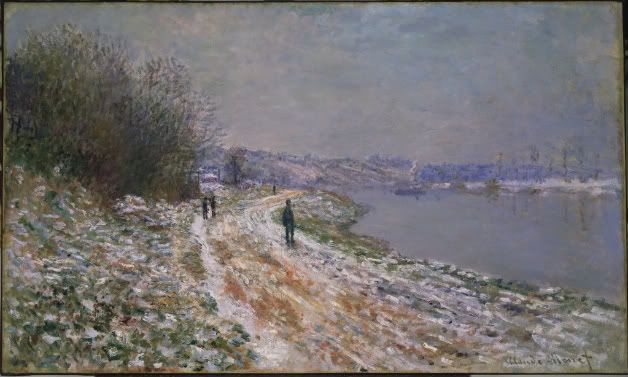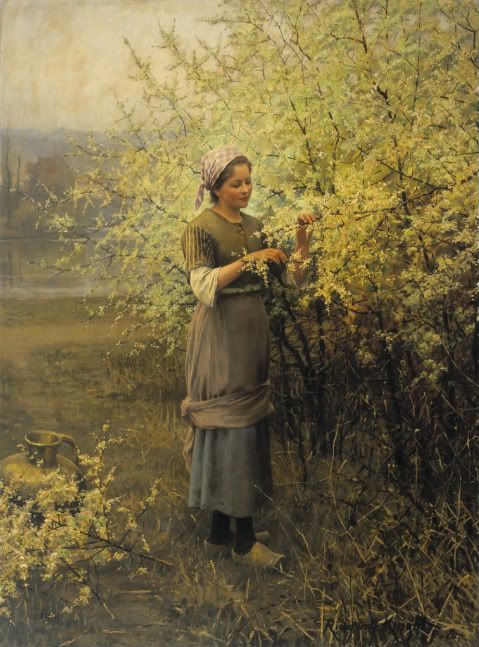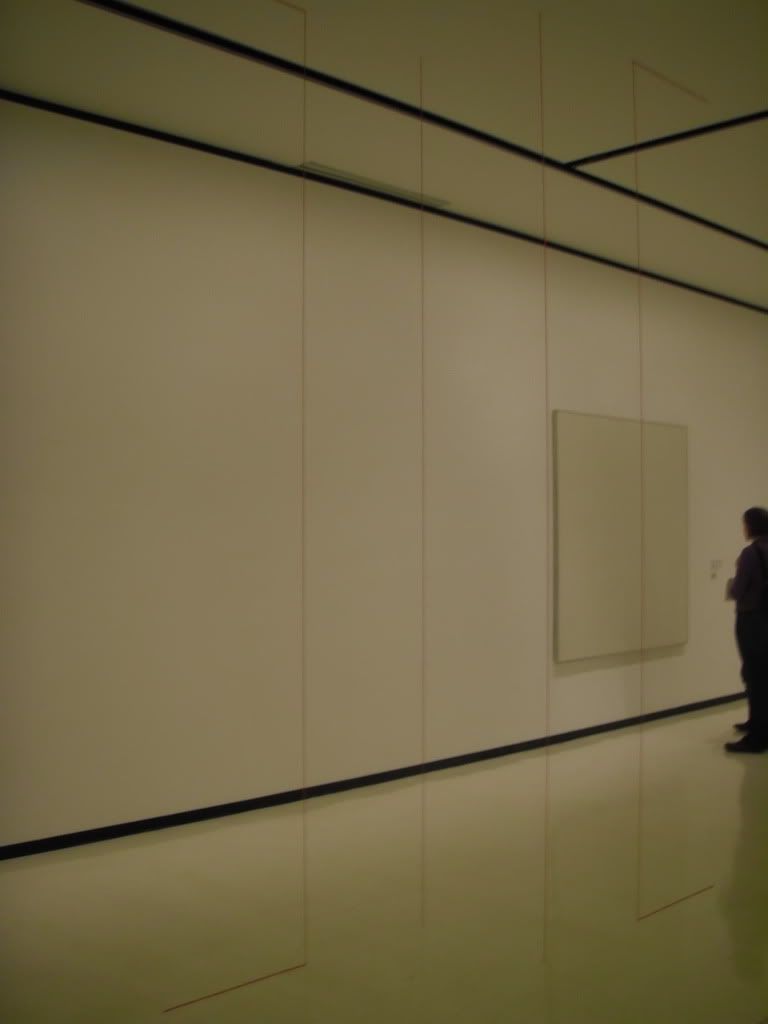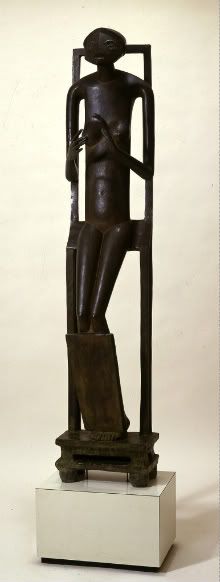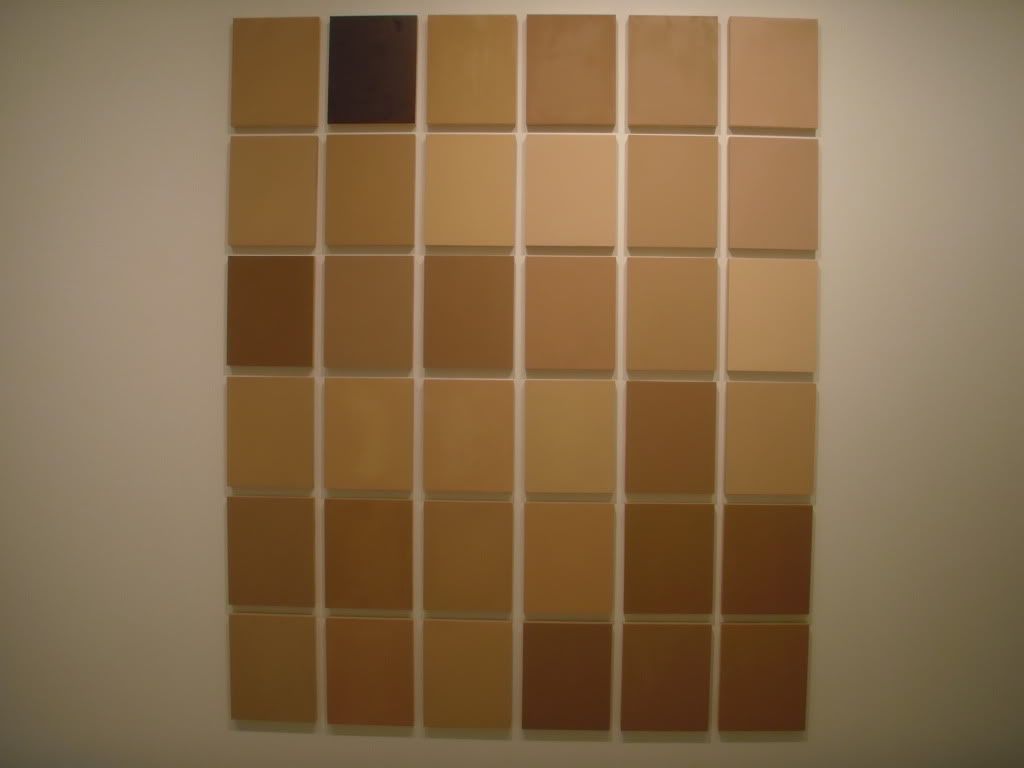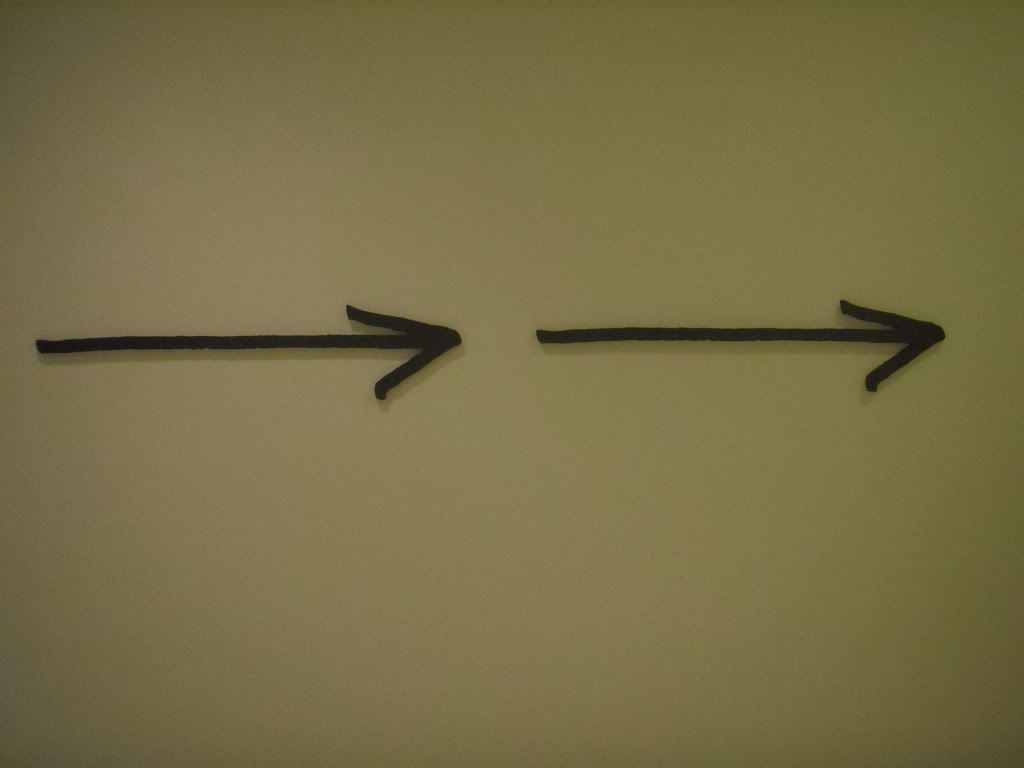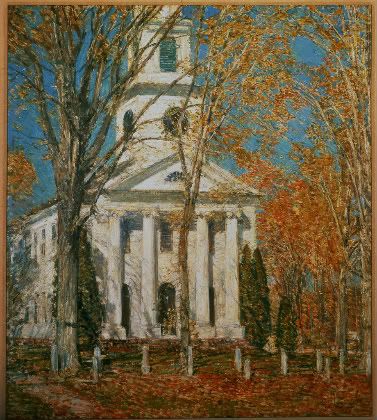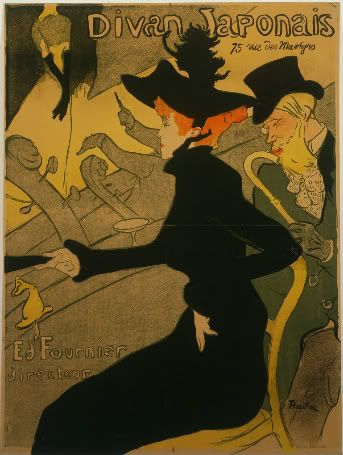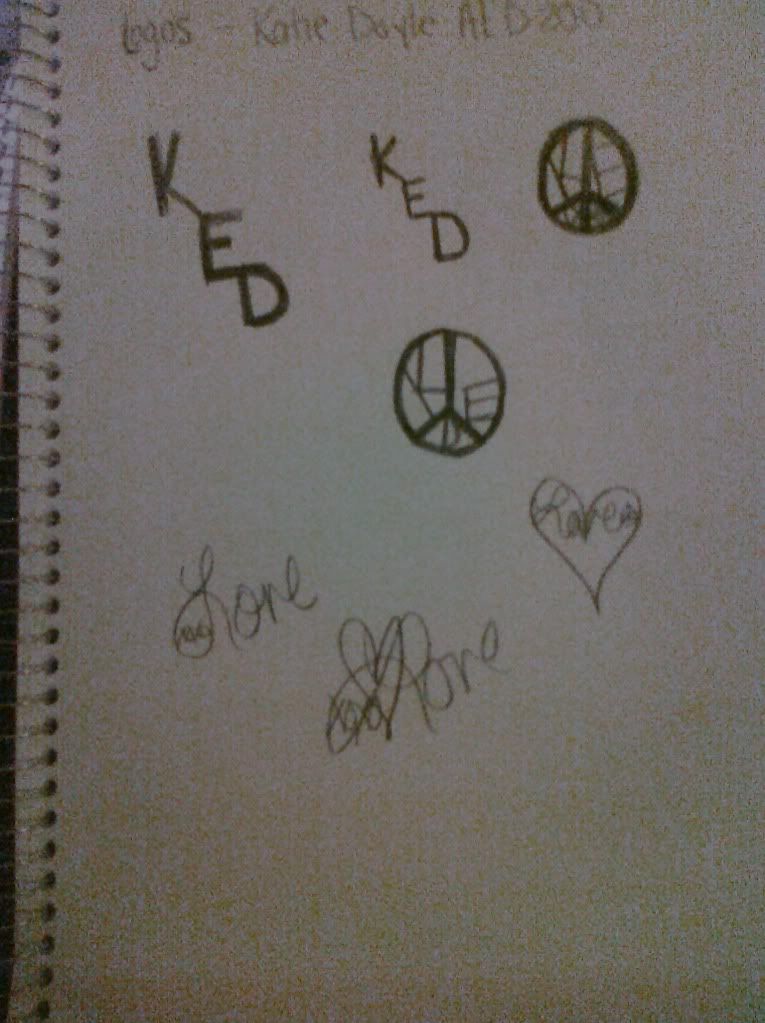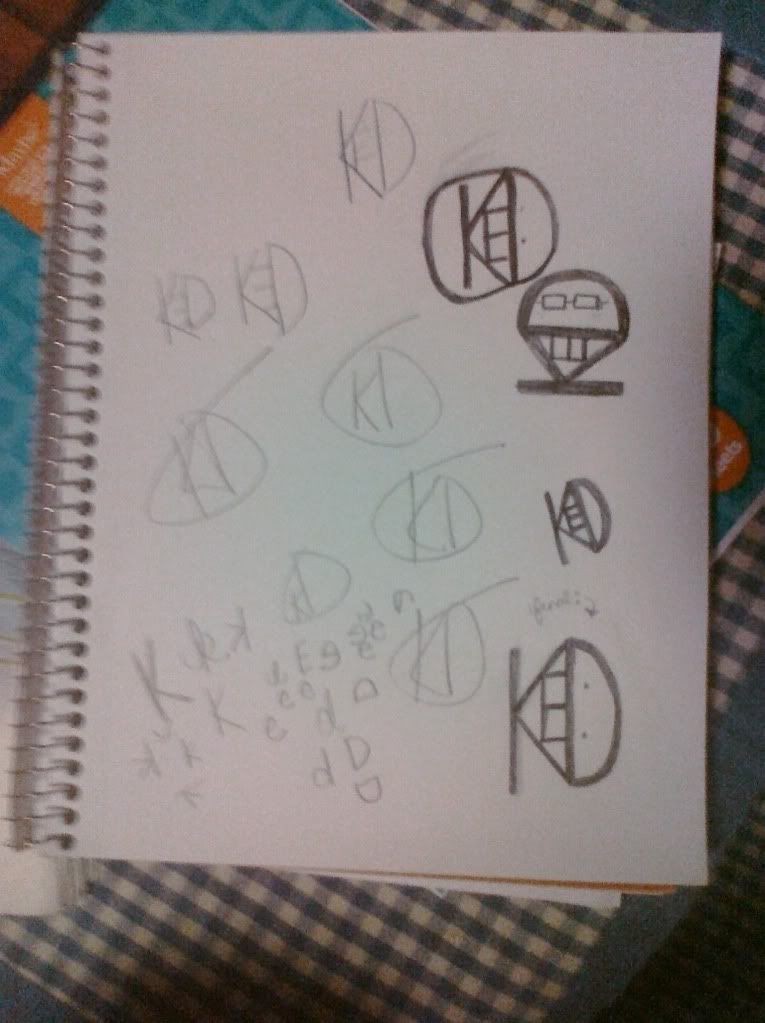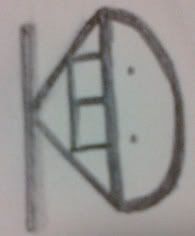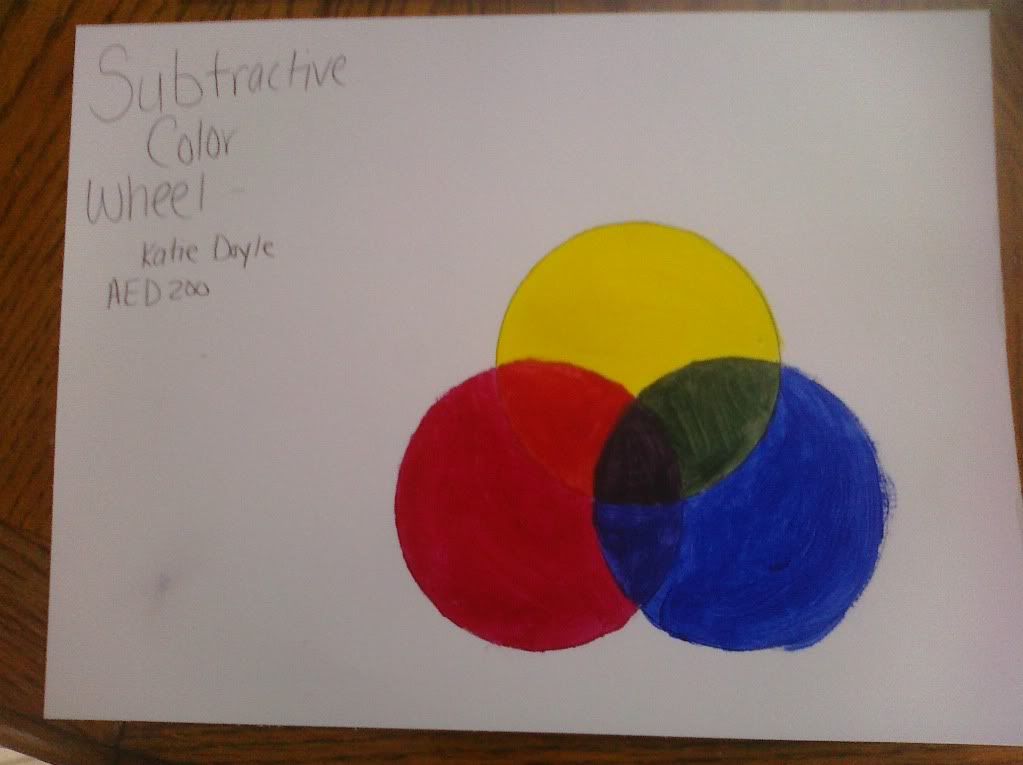1. Upload the three (3) inspiration images to your Blog (or link to your Photobucket account).
The above mask is the goli kplekple mask from Africa. I picked this mask as one of my inspiration images because of its simplicity. It is made out of wood and pigment. From this mask, I took the idea of the antler-looking piece from the top of the mask.
This mask is a Beijing Opera Mask. I picked this mask as one of my inspiration images because of it's simple shape and style but bold colors. From this mask, I am picking the general shape of the mask.
This is a Bolivian devil mask from Oruro. I picked this mask as one of my inspiration images because i liked the fun, bright colors and the style that the eyes are. From this mask, I am picking it's colors, decoration around the eyes, and spikes down the center from the top to the nose.
2. Include the analysis and description (art criticism steps) of the three (3) inspiration pieces.
Goli kplekple mask:
description: This mask is made in a simple disk-shaped design and lacks a complex form and ornamentation. It has a basic engraving around the edge of the mask, using basic triangles. The eyes are a simple upside-down teardrop shape. The mouth is simply two small, raised rectangles with repeating raised triangles facing each other as if they were teeth.
analysis: This mask uses the principles and elements of design such as shape, repetition, pattern, and texture. The shapes used for this mask are a circle, teardrop, triangle, and rectangle. The repetition used for this mask is along the outer edge, using the triangles against each other with a curved hypotenuse to create the 'inner circle'. The same is also applicable with pattern. Texture that is used is the raised eyes and mouth, which are above the main, flat surface.
Beijing opera mask:
description: This mask is a fat oval shape with a somewhat flattened top and a rounded chin. It has distinct and bold colors, and also a somewhat intricate way of how it was painted. The mask is black, white, red, and yellow, with small circles cut out where the eyes are. The shape of the eyes are realistic, being painted white. The cut out circles are just big enough where the pupils will fit. The design painted on this is mostly very fluid with no sudden edges painted.
analysis: This mask uses the principles and elements of design such as color, line, value, and balance. The colors used are red, black, white, and yellow. Line is used to draw your eyes from the outside of the mask to the nose, or from the nose to the outside. Value is used because of the different shades of color, specifically black and white. Balance is demonstrated because the mask is vertically symmetrical.
Bolivian devil mask:
description: This mask is has a basic shape of a face with exaggerated cheek bones. From the top of the mask straight to the nose, there is raised spikeds, like a mohawk. On the nose there is a snake. There are two teeth in the mouth, one on each side of the bottom jaw. There are very vivid colors used; yellow, red, blue, and green, all in varying shades and hues. The mouth is cut out, and also two 'nose' holes, along with a small cut out above the eyes.
analysis: This mask uses the principles and elements of design such as color, line, emphasis, and shape. Color is used because, obviously, the mask is painted using incredible color. Line is portrayed through the decoration around the eyes, as well as the implied line created by the spikes. Emphasis is used by the use of the snake, which is on the nose and the focal point of the mask. Your eye is drawn to it immediately. Shape is used for the shape of the eyes, the actual mask, and the snake.
3. Upload images of your sketches and finished piece.

this is my first mask, along with sketches of ideas for each aspect of it.
this is my final piece.
4. Explain how you used the Elements and Principles in your finished mask.
I used the elements of shape, line, and value. I portrayed shape with the shape of the eyes, nostrils, and mouth, as well as the shape of the actual mask. I portrayed line with the decorative, curvy lines but also with straight lines too. Lastly, value is portrayed in my mask because of the shading on the spikes on the front of the mask. I used the principles of balance, repetition, dominance, unity, and variety. I used balance because the mask is symmetrical except for the antler-looking piece. I used repetition because the pattern around the eyes and the mouth is repeated, and also the spikes on the front are also repeated. The eyes are the dominating factor in this mask because of how big they are. Unity and variety are portrayed because there are different lines, shapes, etc. but they are all unified.
5. Share your opinion of your finished mask and what you thought about creating the mask.
I really liked my finished mask. While creating it, I tried to keep in mind the elements and principles I really enjoyed from my inspiration images and wanted to apply those to my mask. I had fun making this mask because I could create practically anything I wanted, as long as it was a mask.


















